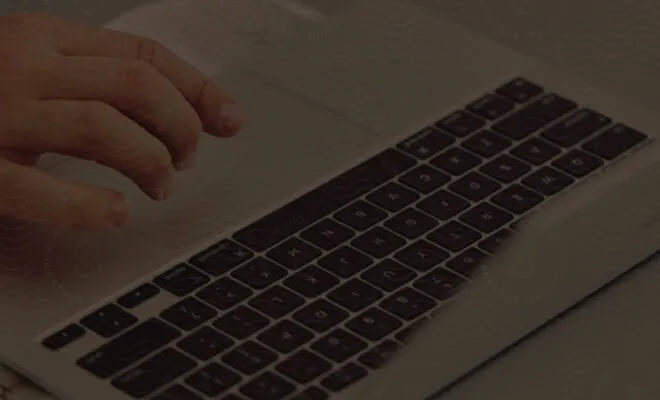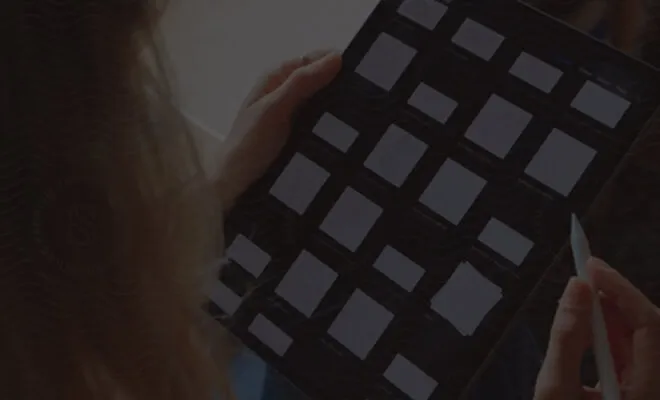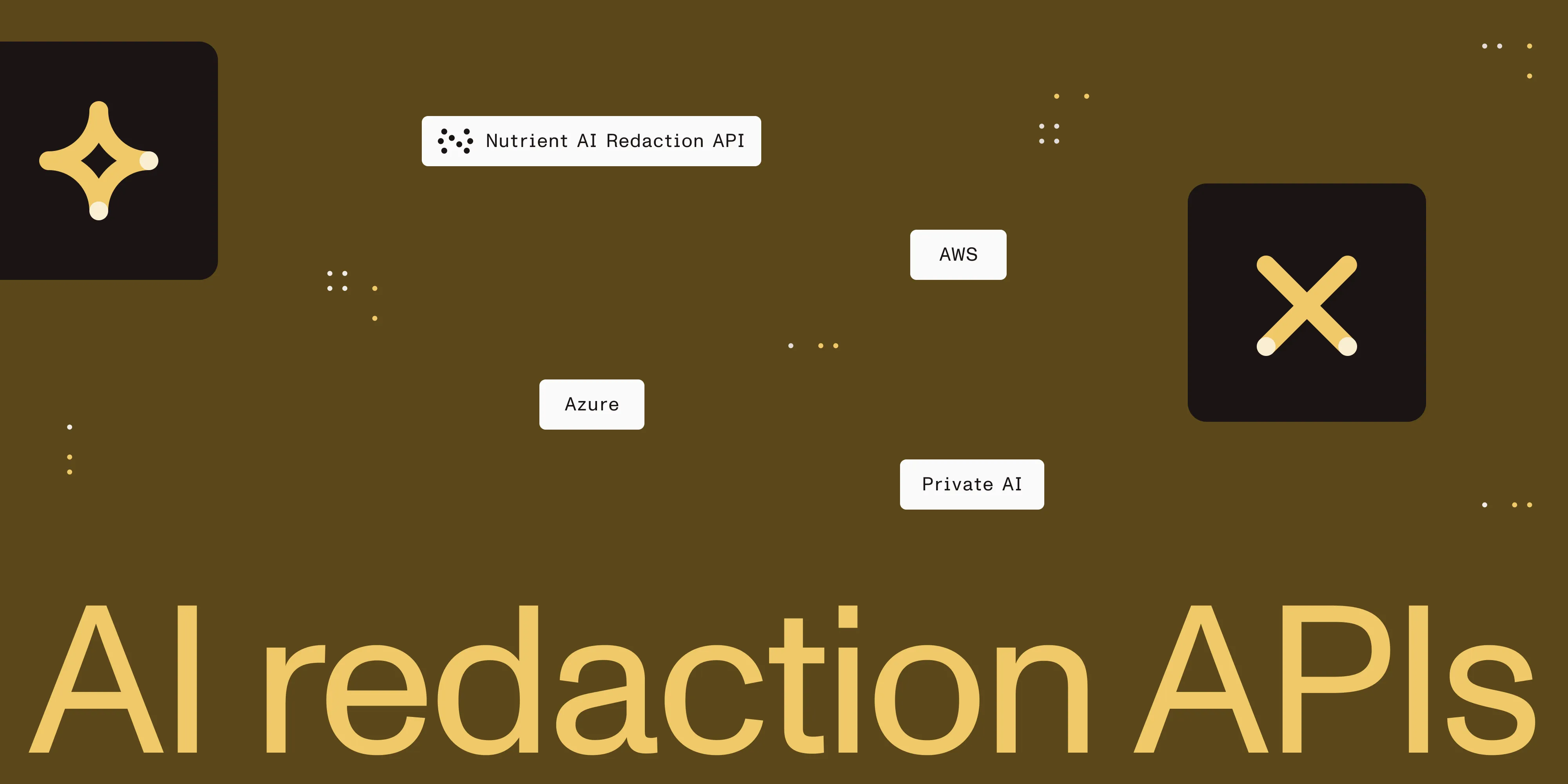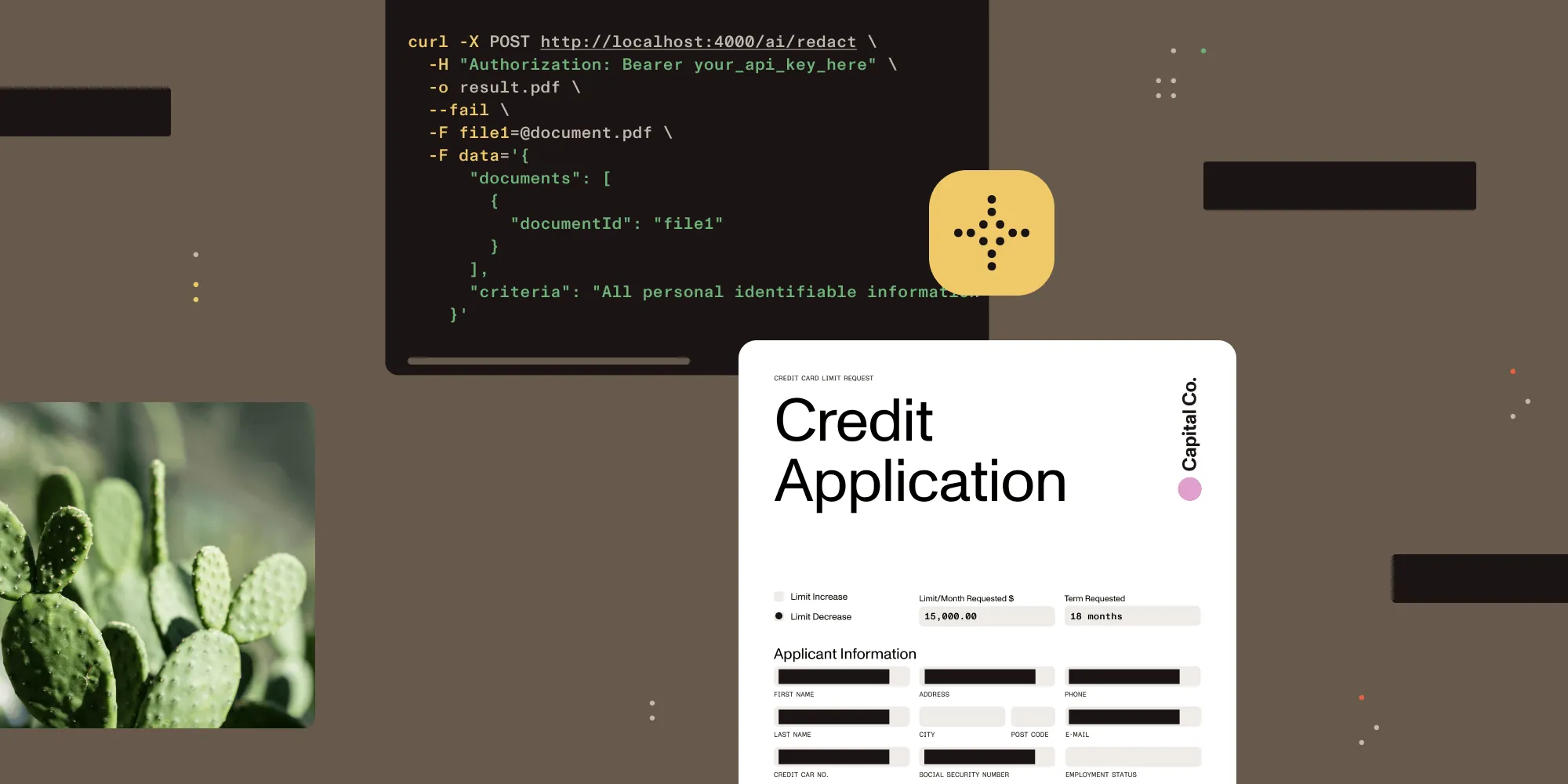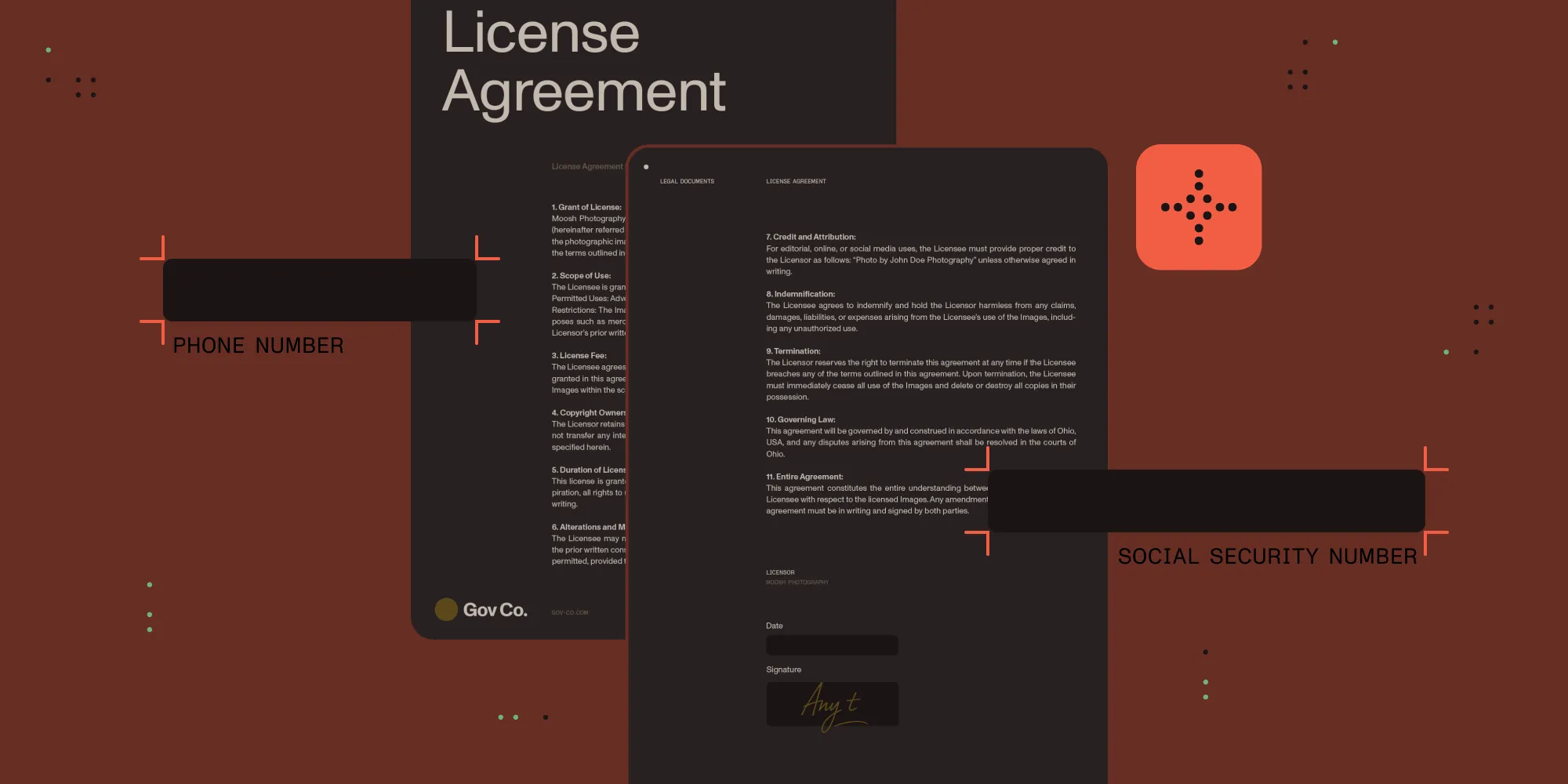How AI-powered redaction can transform legal discovery
Table of contents
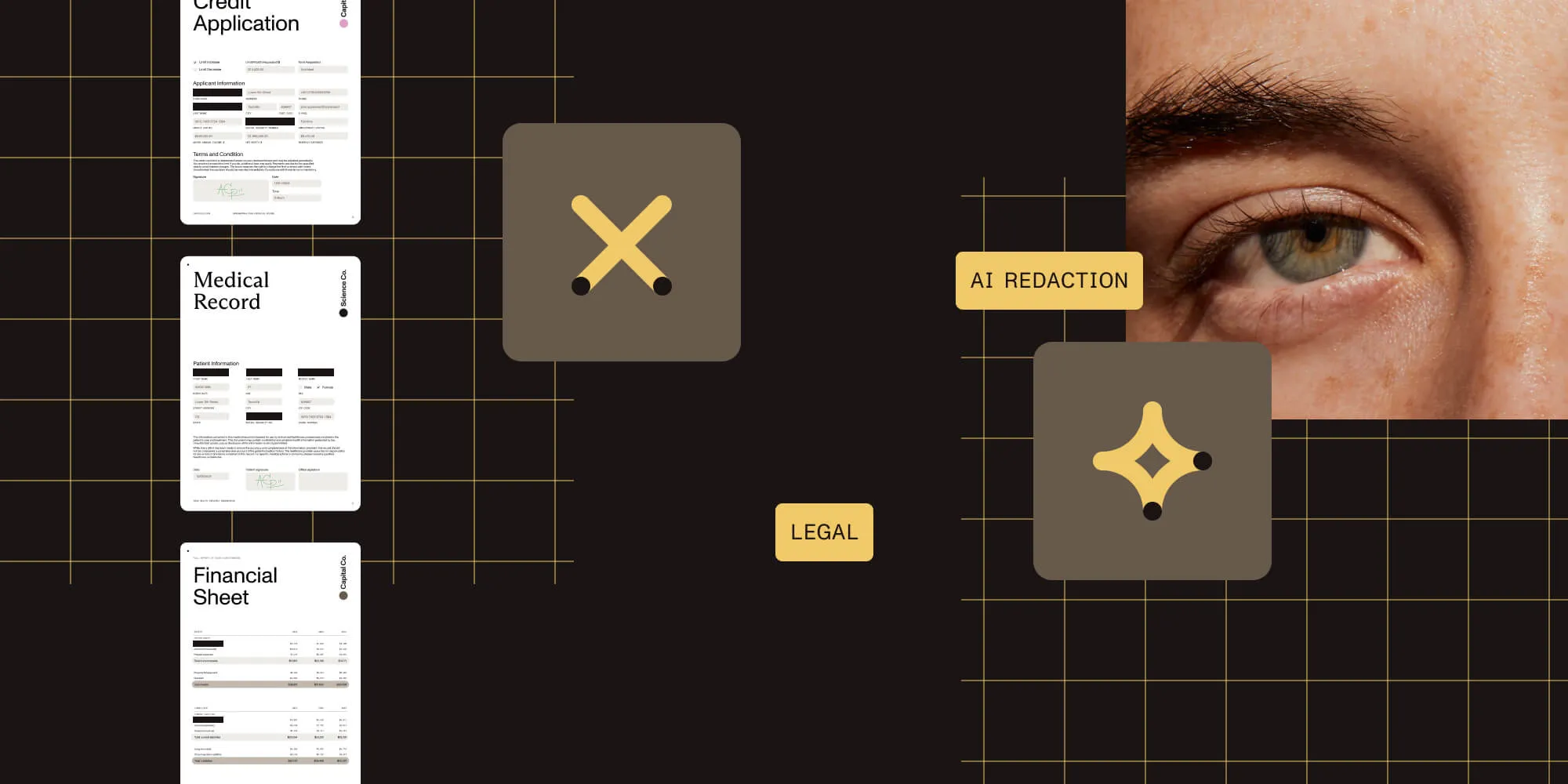
Let’s say a big drug company is in a huge class-action lawsuit involving 2.5 million documents. The legal team has six weeks to go through them all, redact sensitive information, and meet discovery deadlines. The usual plan is to hire 20 contract lawyers, work nonstop, and hope nothing slips by.
This kind of situation happens all the time. But what if there was a better way?
Discovery is high-pressure work and it takes a lot of time. Mistakes aren’t an option, but the old methods come with big problems. Redacting by hand means going through each document one by one, and for big cases, this can take weeks or months. A lawyer might only handle 50-to-100 documents a day, so going through 100,000 documents could take a team of 20 people working full-time a month or more. And while some of them might use keyword searches, it’s inevitable that they’ll miss certain kinds of personally identifiable information (PII), like a Social Security number written without a label, or a medical ID buried in a scanned form. They also flag stuff that doesn’t need redacting, which just slows things down.
To avoid mistakes, many firms have multiple layers of review. A junior lawyer does the first pass, a senior checks it, and a partner signs off. It’s thorough, but it’s slow and expensive.
The problem is, going through thousands of documents day after day is really boring. Junior lawyers and reviewers often say it’s one of the worst parts of the job. After hours of the same work, people get tired, lose focus, and make mistakes. And let’s face it, no one is perfect. Even with multiple checks, you can’t always catch everything.
How AI improves the redaction process
AI redaction tools like Nutrient’s AI redaction API are changing the game for legal teams. Unlike old-school keyword searches, these tools actually understand context. They can tell the difference between a real Social Security number and a case number, or a birthdate from a contract date.
These tools can scan whole documents without lawyers having to copy and paste each text to ChatGPT and redact things manually. That saves a ton of time and keeps the review process thorough. AI can process thousands of documents in the time it takes a person to read a few, which is a huge help when you’re racing against a deadline.
People get tired, distracted, and make mistakes, especially when going through the same kind of documents for hours. AI doesn’t. It stays consistent, no matter how many documents it’s handling. That means fewer errors and less risk of something slipping through.
Plus, AI lets lawyers focus on what they’re good at: strategy, not scanning. Instead of spending weeks on document review, they can work on building a case, advising clients, and coming up with better legal arguments. This not only saves time and money, but also makes legal help more affordable and efficient for everyone involved.
Getting started with Nutrient’s AI redaction
Get started with Nutrient DWS Processing API today and receive 200 free credits monthly! Perfect for watermark-free document processing targeting many use cases, including AI redaction.
For legal teams ready to implement AI redaction, the process is more straightforward than you might expect. Nutrient’s AI redaction API can be integrated into existing workflows with minimal disruption, and our SDKs make it easy for development teams to build custom solutions.
Here’s a practical example of how to implement AI redaction in a legal document processing workflow, in TypeScript:
import { NutrientClient } from "@nutrient-sdk/dws-client-typescript";
// Initialize the client with your API key.// Create an account at https://dashboard.nutrient.io/sign_up/const client = new NutrientClient({ apiKey: "your_secret_api_key",});
// Redacts legal documents using natural language and AI.async function redactLegalDocument(documentFile: string) { try { const result = await client.createRedactionsAI( documentFile, "All personally identifiable information, financial data, and medical information", "apply", // Apply redactions immediately. );
const fs = require("fs"); fs.writeFileSync("redacted-document.pdf", Buffer.from(result.buffer));
return result; } catch (error) { console.error("Redaction failed:", error); throw error; }}The beauty of this approach is that it scales well. Whether you’re processing 50 documents or 50,000, the same code handles the workload. Additionally, Nutrient DWS Processor API doesn’t store documents; they’re permanently deleted after each operation. The AI automatically identifies and redacts sensitive information based on your criteria, and you can choose between automatic redaction or a human-in-the-loop review process for sensitive cases.
Making the transition
Modern AI redaction tools work well with the legal software most firms already use. Whether you’re on a standard platform or have a custom setup, AI can be added without messing up your current workflow. The key to success is proper training and managing the change well. Lawyers need to know how to use the tools, and they need to be familiar with checking AI suggestions and handling tricky cases. Firms that invest in training see faster AI adoption and better results.
Keep in mind that AI is very accurate, but it’s not perfect. Good setups include a final check by experienced lawyers, especially for complex or sensitive cases. This keeps things accurate while still saving time.
If a firm is thinking about using AI redaction, starting with a small test case is a smart move. Pick a case with clear redaction needs, train the team, and track the results. Most find benefits like lower costs, faster work, and fewer mistakes make it worth the effort.
The legal world is changing fast. Firms that adopt AI tools early will be better at serving clients and staying ahead. The question isn’t if AI will change discovery. It’s whether your firm will keep up.
FAQ
State-of-the-art AI redaction systems designed for legal use achieve very high accuracy rates for standard sensitive information types like SSNs, phone numbers, and addresses. When combined with human oversight, accuracy often exceeds manual-only processes because AI doesn’t suffer from fatigue or distraction.
Modern AI redaction tools excel at complex documents. They can distinguish between different contexts (e.g. a judge’s name in a caption vs. a witness name in testimony) and understand legal document structures. However, highly specialized or unusual document types may still require human review.
The AI redaction feature in Nutrient DWS Processor API doesn’t retain any information from your documents in a permanent manner. If you require a fully on-premises solution, you can deploy AI Assistant within your own infrastructure and utilize your own models.
The exact savings depend on case size, document complexity, and implementation approach. Most firms see ROI within the first few cases.


